Following in the footsteps of the late great violin ,viola player and string teacher, Sandy Lyle, in 1992 Wallace Galbraith, the Founder and Director of the Ayrshire Fiddle Orchestra, became the Fiddler at the Bachelor’s Club in Tarbolton. This institution was founded as a debating Club in 1779 by Robert Burns, his brother Gilbert and 5 other like-minded gentlemen. A list of rules was drawn up, the 10th being – ‘Every man proper must have a frank, honest open heart; above anything dirty or mean; and must be a professed lover of one or more of the female sex.’
Talking with the then Chairman of the Bachelor’s Club Committee, Major John Weir, Wallace became aware of the existence of The Gregg Violin – then in a very sad state of disrepair, held in a canvas bag at the Major’s farm in Mauchline. This had been the instrument belonging to and used by William Gregg, the Dancing Master employed by the Bachelor’s Club to teach the gentlemen both Scottish Dances and the more elegant Minuets and Gavottes. Once a year the Club held a Ball when, on this one and only occasion, wives and sweet hearts were allowed to attend. Being a competent instrumentalist, Burns must have played on the violin whenever the opportunity arose.
Having collected the violin from Major Weir the following day, Wallace took it to Dr David Martin, a retired lecturer at Auchincruive Agricultural College and a very competent amateur violin repairer, who lovingly restored the instrument on behalf of the Ayrshire Fiddle Orchestra. Apart from renewing the tuning pegs, bridge and strings, the main and substantial repair was on the back which, at that point was in 3 separate pieces. The 2 distinct differences in the making of the Gregg Violin are the elaborate painted decorations on both the front (belly) and back and the shorter length of the neck – approximately 3/4inch. The later feature enables the player’s left hand to lie flat against the neck to pull the instrument onto the chest and differentiates it as a fiddle from a classical violin which would normally be held between the chin and shoulder. The floral designs , including intricate markings at the edges, are very uncommon in western string instruments with the exception of Norwegian Hardanger Violins. The violin is thought to have been made by a local artisan around 1770.
Following Dr Martin’s superb restoration the Gregg Violin was handed over by the Orchestra to the National Trust for Scotland at Culzean Castle – that action is still the subject of good humoured local controversy; should it have been returned instead to The Bachelor’s Club Committee? – where it remained for many years under lock and key. Its removal for playing by Wallace Galbraith at many local events and international Concerts undertaken by the Ayrshire Fiddle Orchestra was graciously permitted – at 2 Concerts given by the BBC Scottish Symphony Orchestra in the Fountain Garden at Culzean Castle the fiddler was the inimitable Ally Bain accompanied by Phil Cunningham.
Around 2010 a change of policy at the Trust’s Edinburgh Headquarters dictated that ‘ musical instruments in the Trust’s ownership should not be played and only essential restoration work be allowed’. To prevent deterioration this may be the case with keyboard, wind and brass instruments but not with strings where regular playing keeps the delicate balance between wood, varnish and sound production in good order. This is illustrated in no better place than Florence where a collection of Stradivarius instruments – violins, viola, cello and double bass – are regular played to maintain their condition. Two meetings were held at Culzean Castle between the Chief Curator, Wallace and Dr Martin to emphasise this important point in relation to the Gregg Violin without initial success. With the construction of the superb new Robert Burns Birthplace Museum at Alloway the Violin was moved from the Castle and now occupies its rightful place in the Exhibition. The local Curator then was David Hopes who fortunately agreed that the Violin, an essential part of Burns’ musical heritage, should not only be on display but played as often as possible – as long as it was continually under the Trust’s control and supervision.
In 2016 the Violin was re restored by the acclaimed violin maker and restorer David Rattray, now in Kirkcaldy but originally Head of String Conservation at the Royal Academy of Music in London. While working on bringing the instrument back to its genuine Baroque form, David was fulsome in his praise for the original work that had been done by the late Dr David Martin in Ayr.
Ayr’s renowned fiddler, teacher and composer, Alistair McCulloch, is now the main player of The Gregg Violin with performances at many very prestigious events throughout Scotland and abroad – in 2020 the National Trust for Scotland embarked on a USA Tour with Alistair and the Violin in full flight! In January 2019 a long ambition of Wallace’s came to pass when the Gregg Violin was played alongside Niel Gow’s Violin at a great Concert in Ayr Gaiety Theatre – Burns and Gow met at Dunkeld in 1787 although this was the first time these 2 instruments, steeped in Scotland’s Heritage, played together. However the Ayrshire Fiddle Orchestra are still allowed access to it – played by the then Orchestra Leader Lucy Paton in The Laigh Kirk Kilmarnock last year and in January this year by our Musical Director David Moore at Burns Cottage – David is now the Fiddler at the Batchelor’s Club.
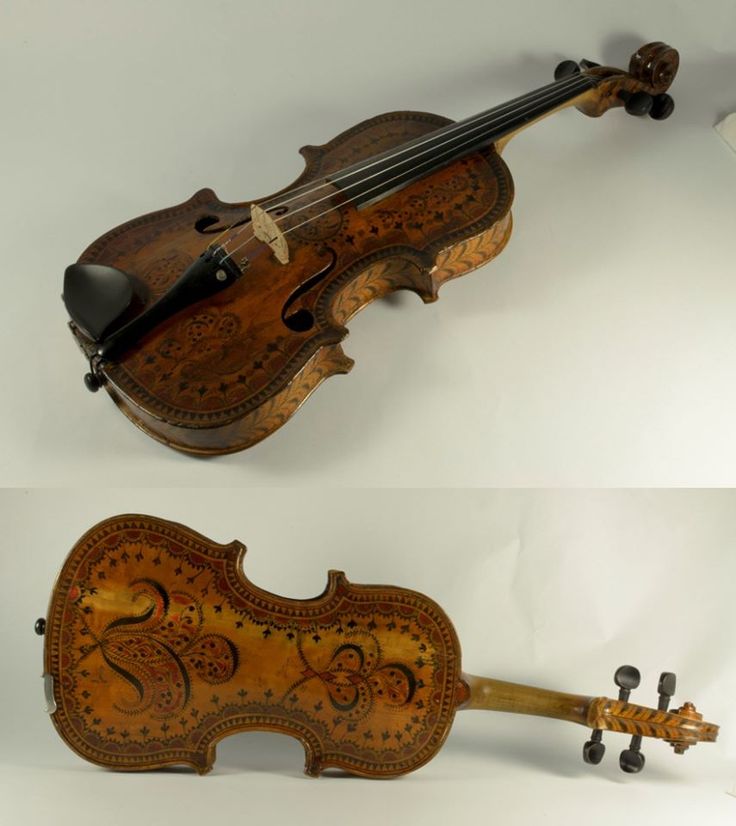
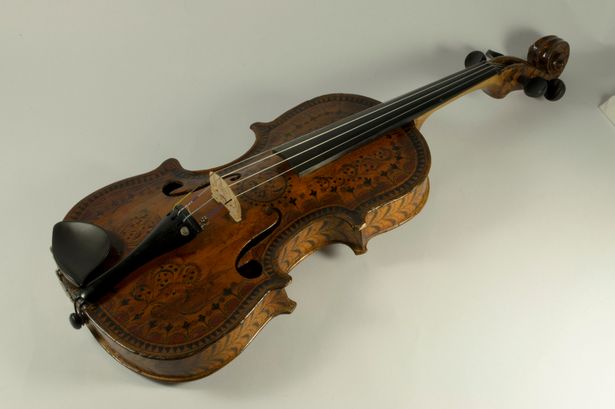
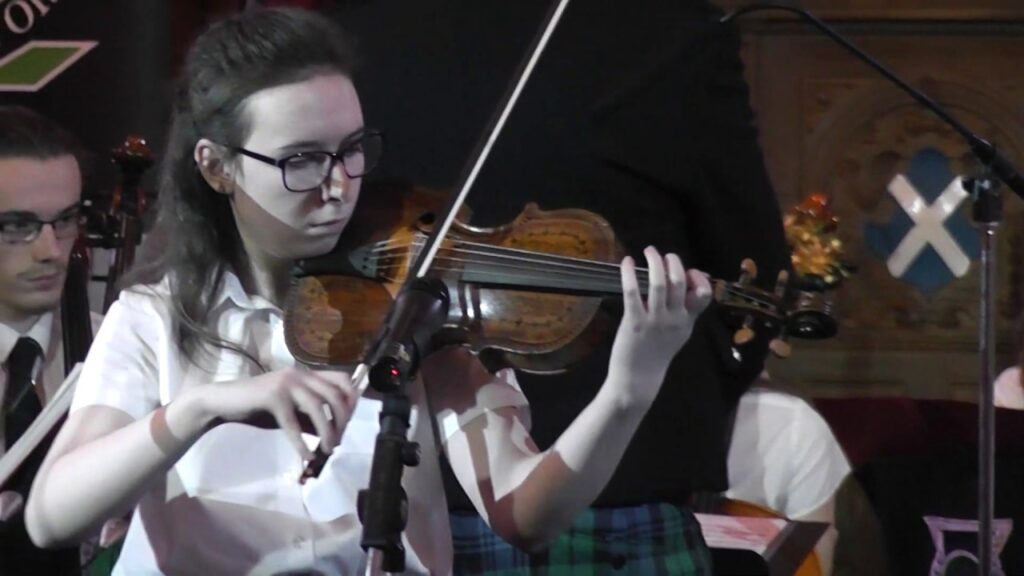
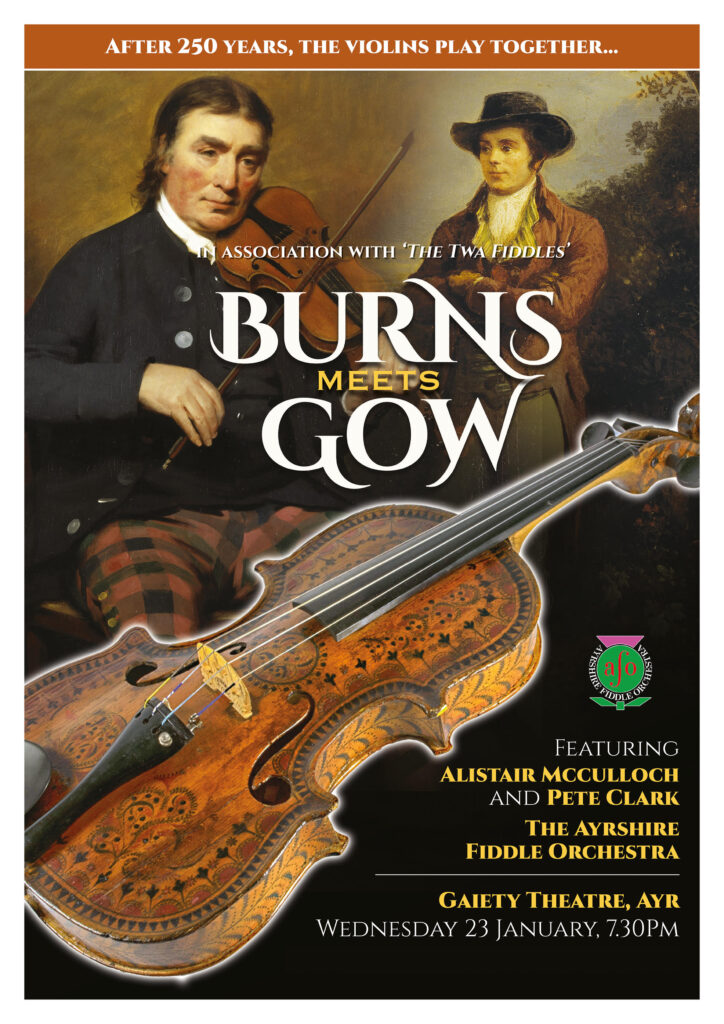

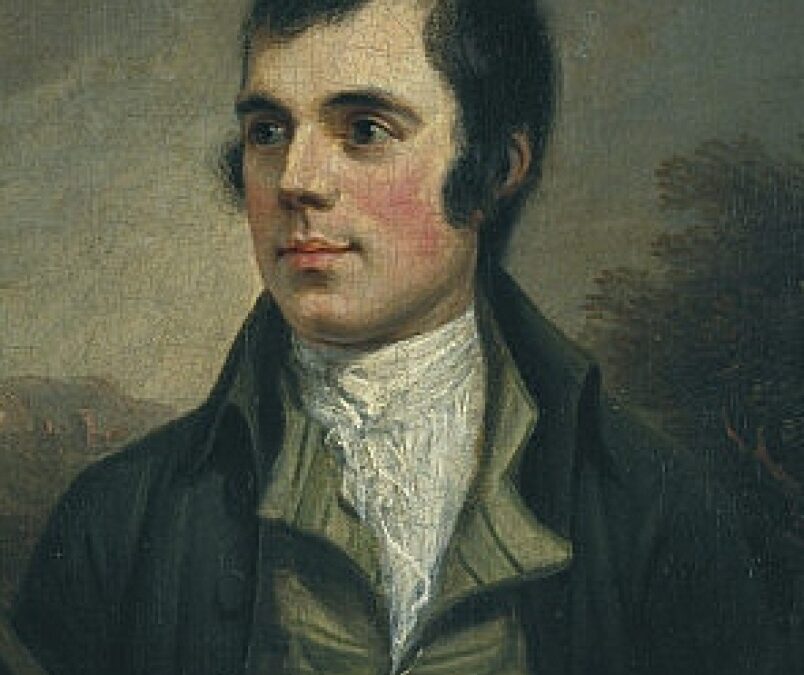
Recent Comments